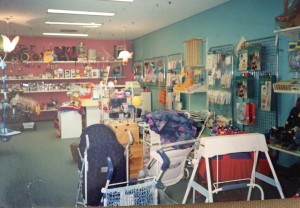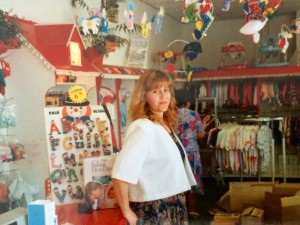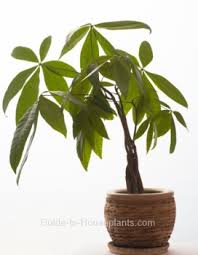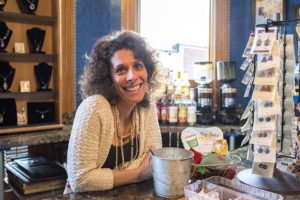Making Space for Crochet Special Places I have a cherished spot in my home that's dedicated to my crocheting. It's where I spend a lot of my creative time. At any given moment, you'll find me working on at least two crochet projects. One of them is usually a...
Country Crochet Granny Jacket: Update #1
Author: Alison – Updated: March 2025
Country Granny Jacket
Design Update Number 1
I originally posted this in 2015 and am in the process of updating it.
I am making a crochet jacket for the autumn in Vanna’s choice (DK) with a 5mm hook. This jacket will fit a 2x size woman (that’s me) and I will post updates as it goes along. I want to say I did quite a bit of crocheting at my newly discovered Vancouver knitting Meetup group on the past two Thursday evenings. Where I met some lovely and generous knitters and crocheters.

Country Granny Square Jacket: Layout
Here is the diagram for the Granny jacket i’m making with the basic granny square. As you know I use my journal to capture the ideas as I go. Here is the image of the page in my journal so far.
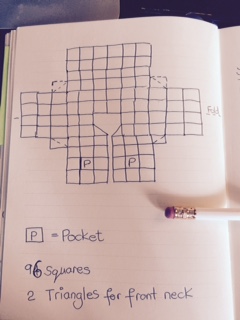
You need to make 96 squares and two triangles for the front neck. There is also a border but that is not shown on this diagram. This diagram shows the layout of the squares only.
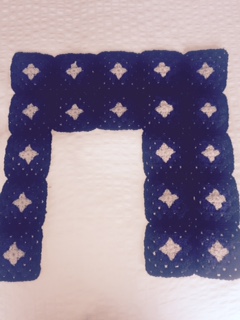
Neck Opening
Make two triangles
I’ll get the info on the two triangles that go at the front neck opening soon.
More on the Country Granny Jacket
Here are some more updates on the Country Granny Jacket.
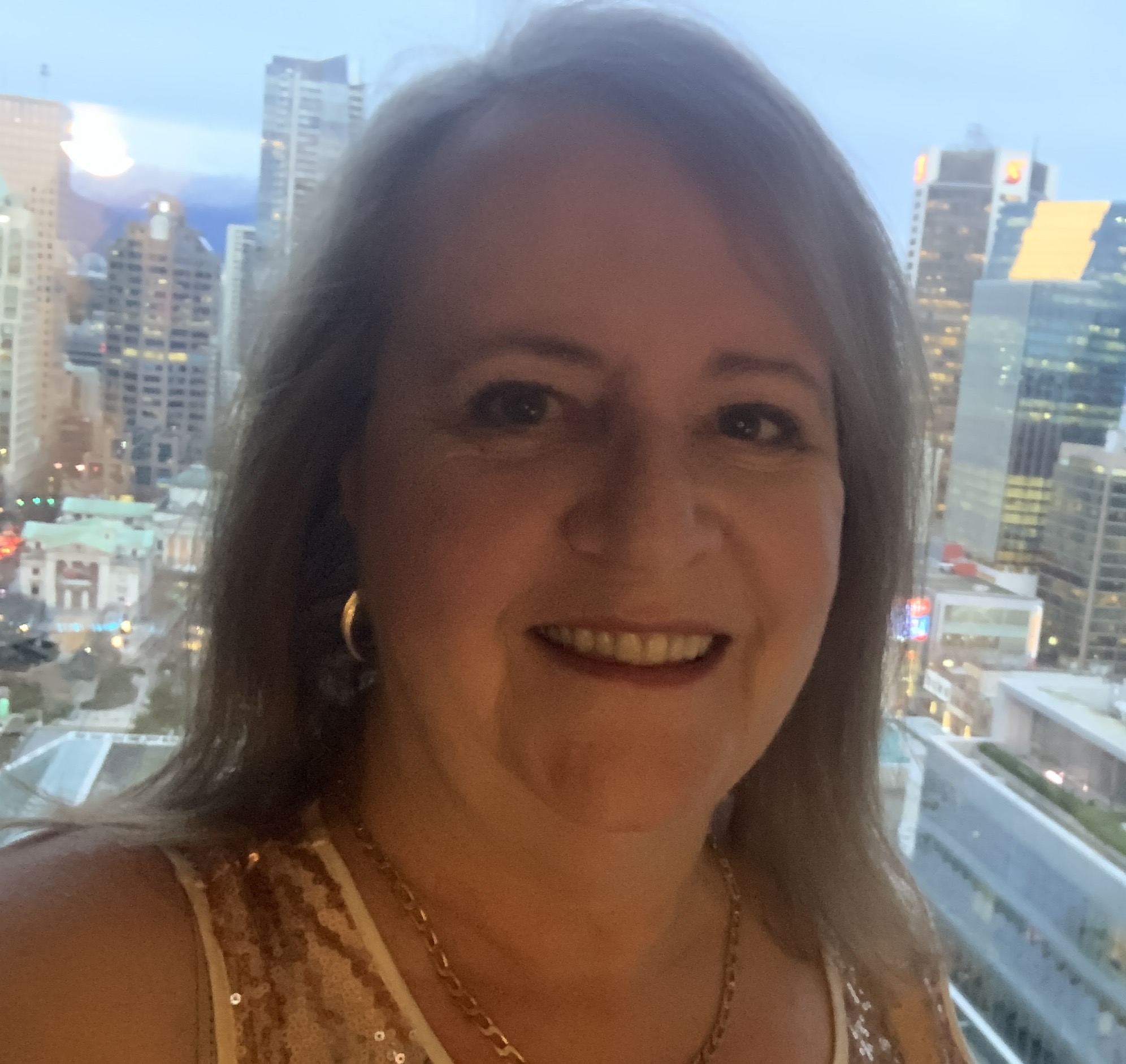
Author Bio
Alison is a passionate crochet enthusiast and dedicated business blogger. She combines her love for crafting and entrepreneurship to inspire and connect with others.
With a knack for transforming yarn into beautiful creations and a flair for sharing valuable insights about running a successful crochet business, Alison embodies the perfect blend of creativity and practicality.
Read more about Alison’s crochet journey.
More Articles
If you enjoyed this post and crochet is your thing, you may like some other crochet articles from our blog.

Crochet and Sustainability for Eco-friendly Self-care
Discover how crochet and sustainability have a natural intersection, as this craft involves creating beautiful and useful items from yarn, a renewable and versatile material.
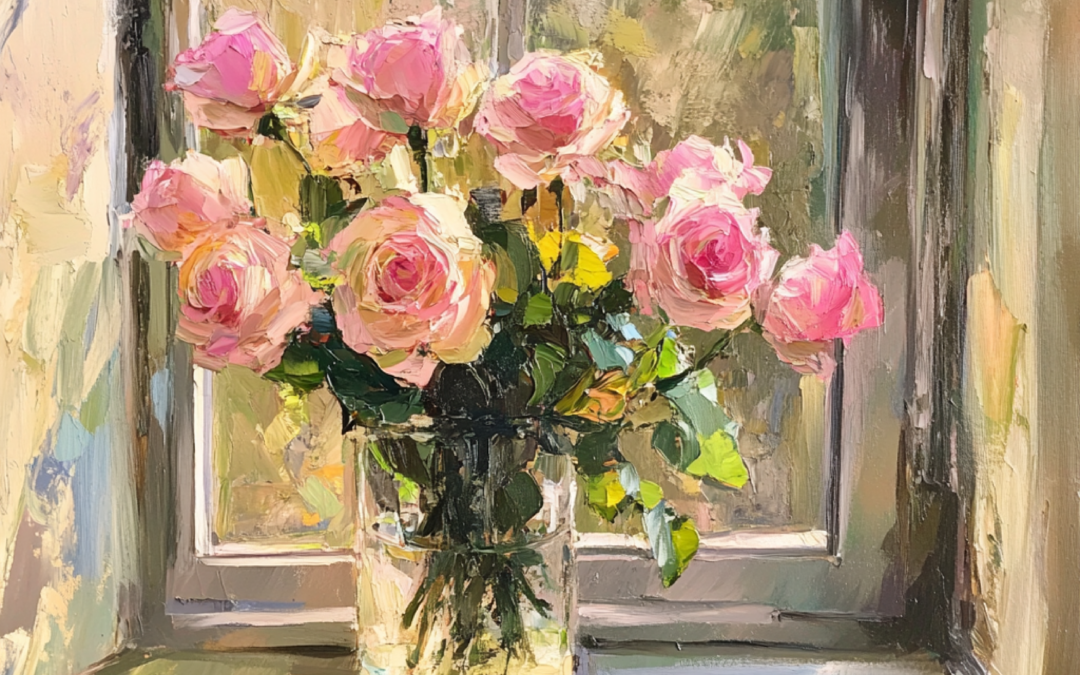
The Calm Crocheter: Newsletter
"The Calm Crochet" Newsletter Welcome to the Calm Crocheter Discover the art of crochet as self-care. At Old English Creations, we believe that crochet is more than a craft—it's a soothing ritual that nurtures your mind and spirit. Our Calm Crocheter newsletter is...
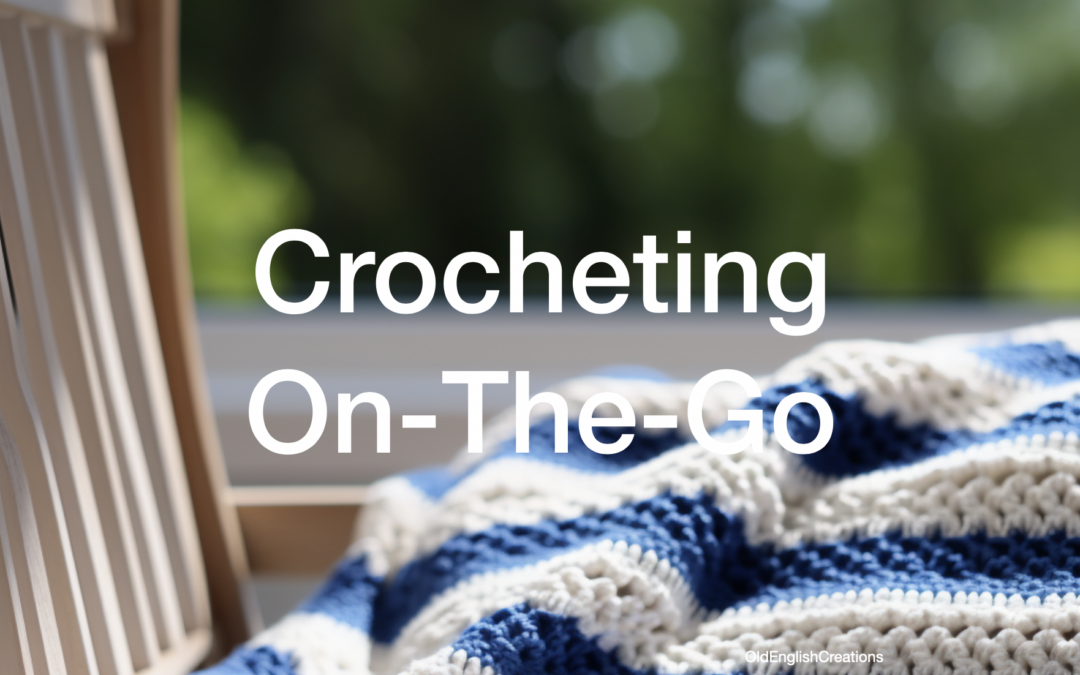
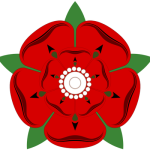
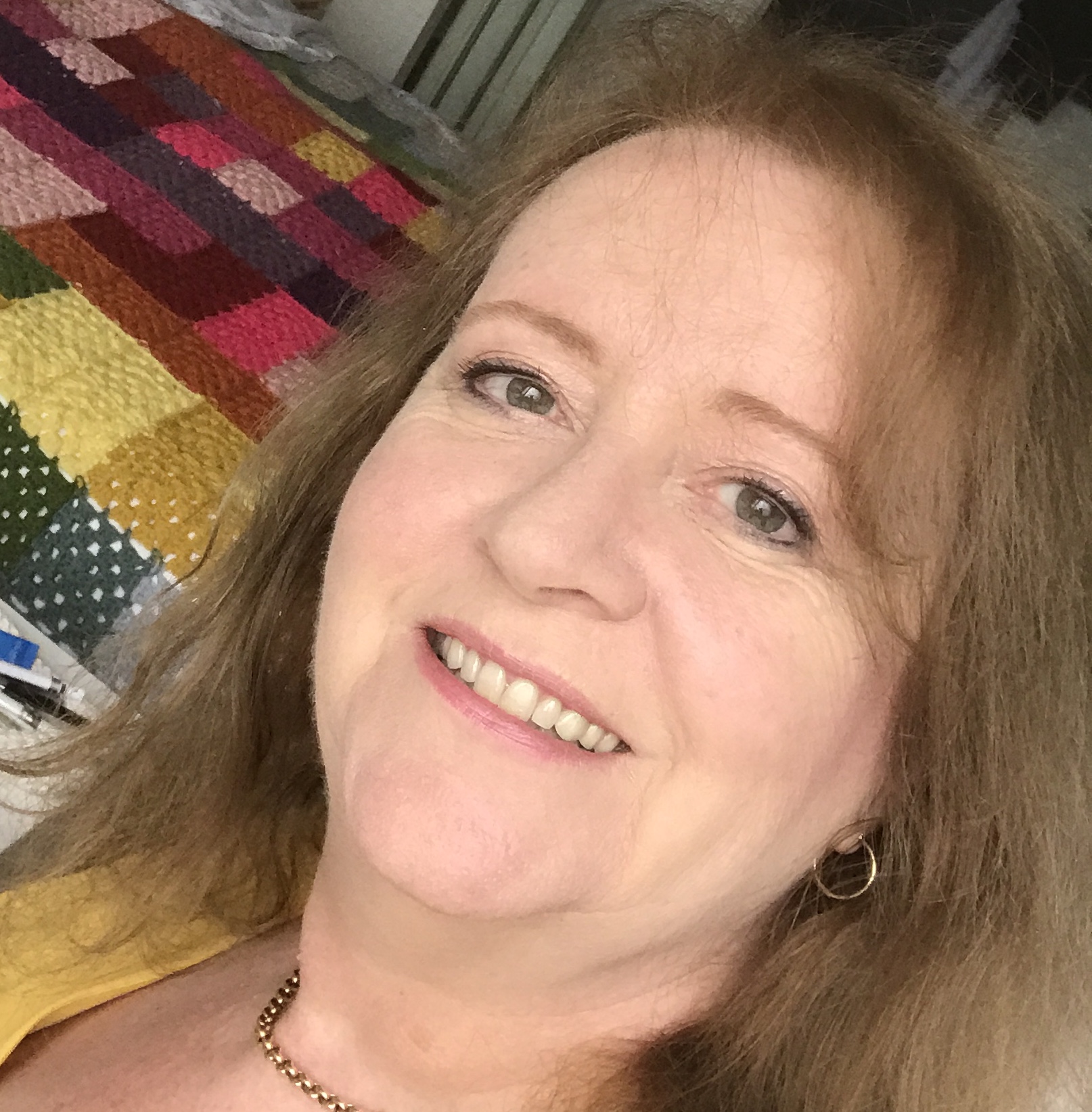
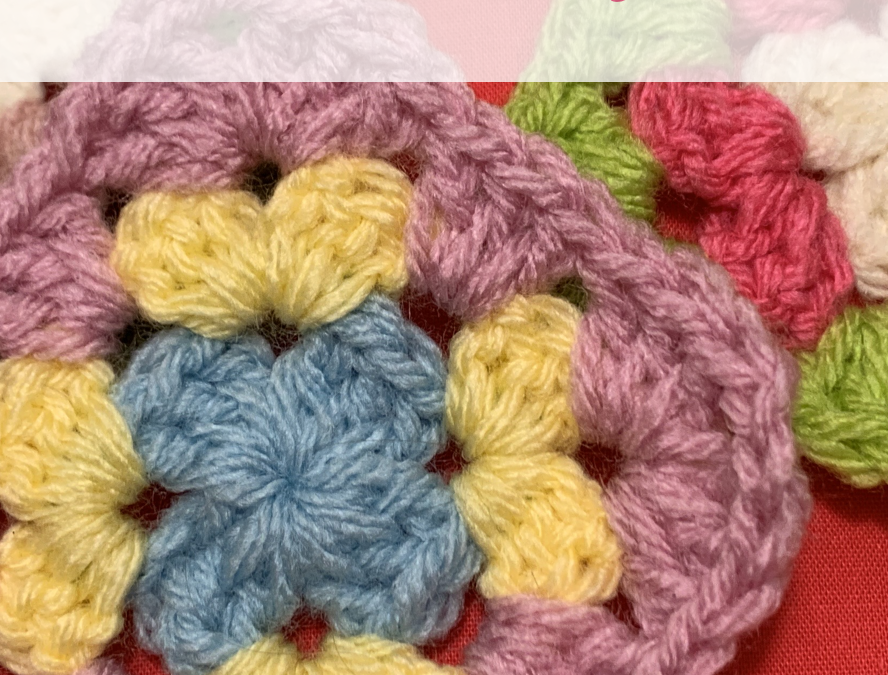
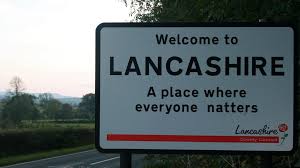
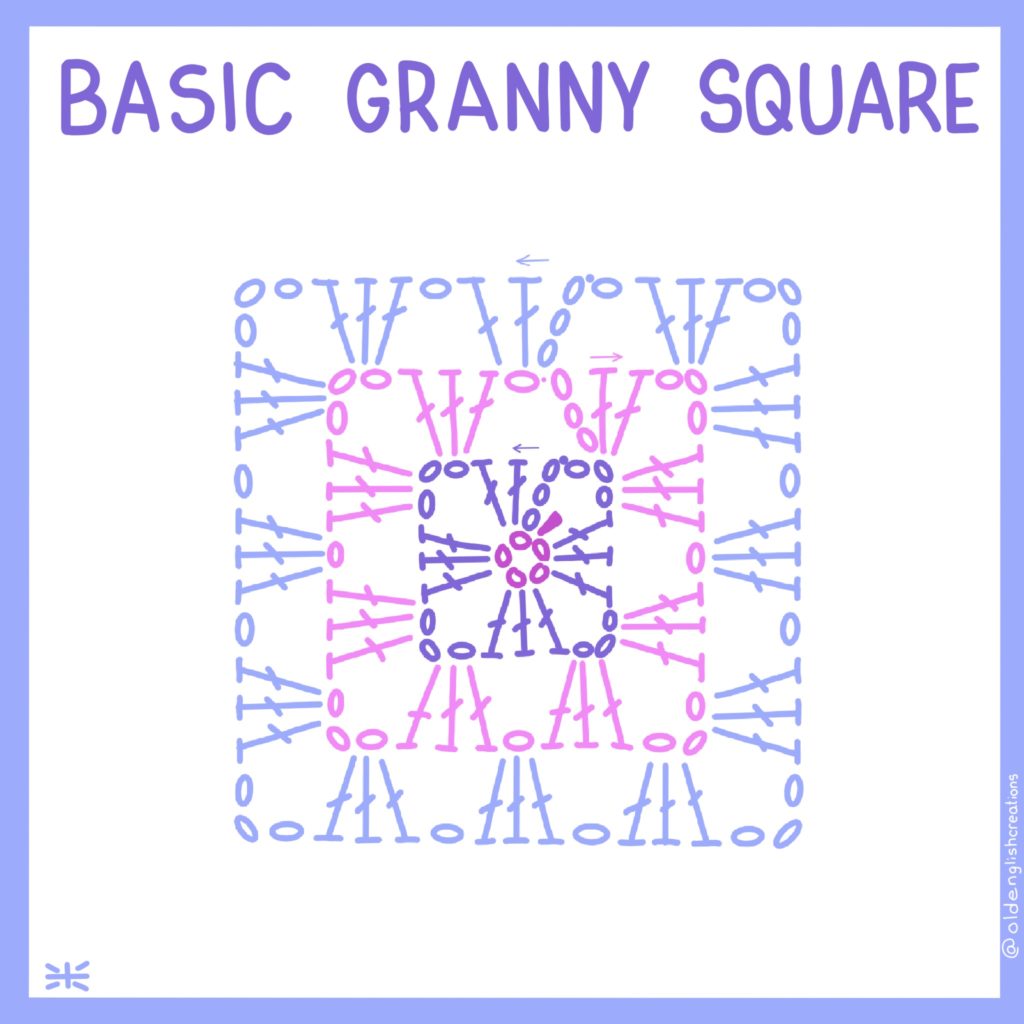
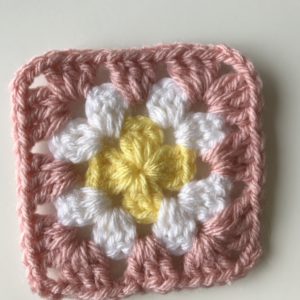
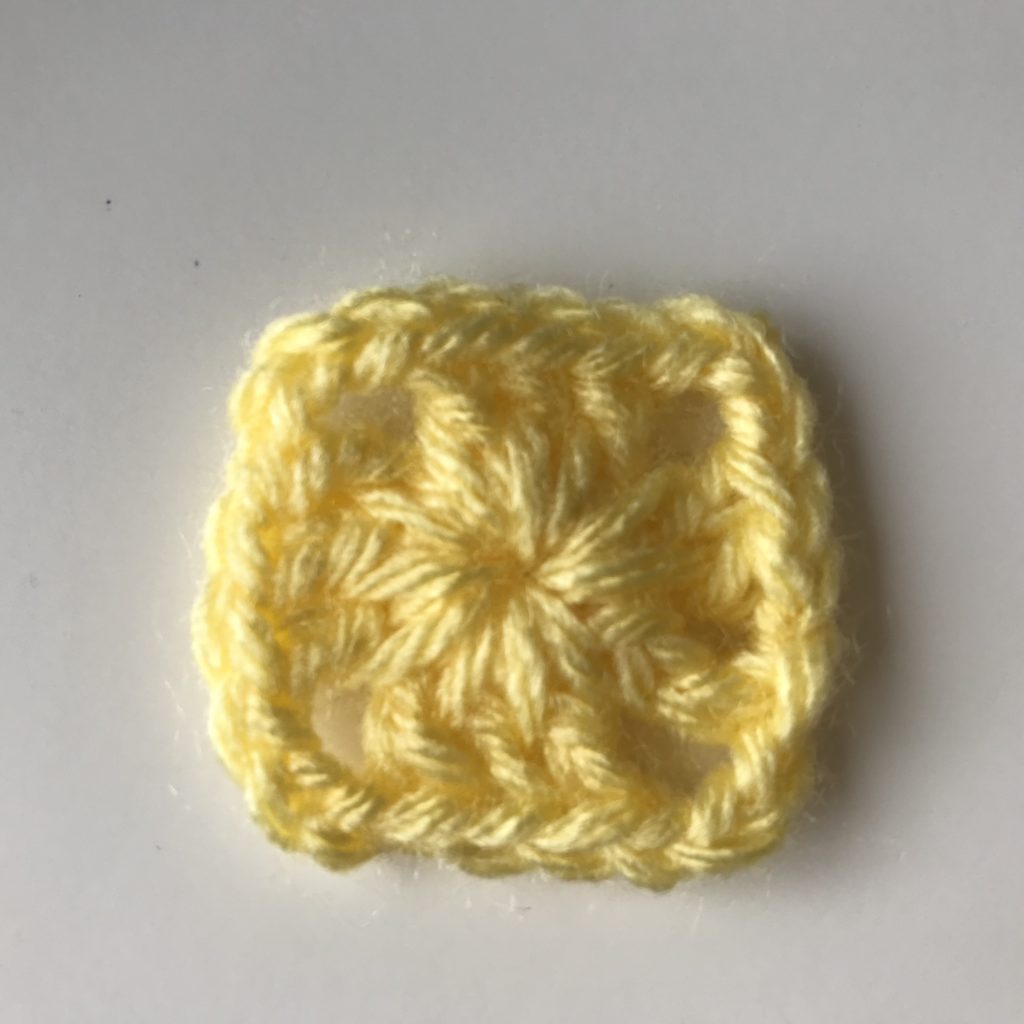
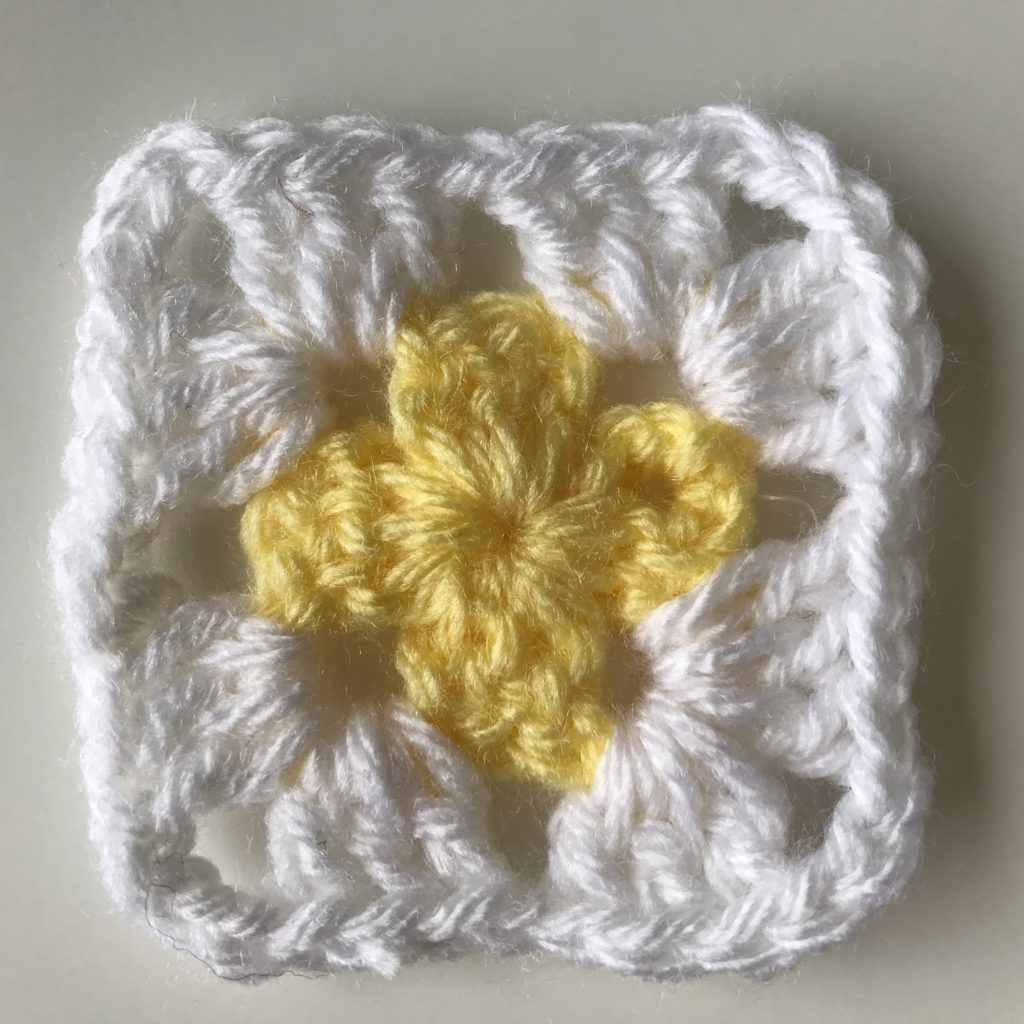
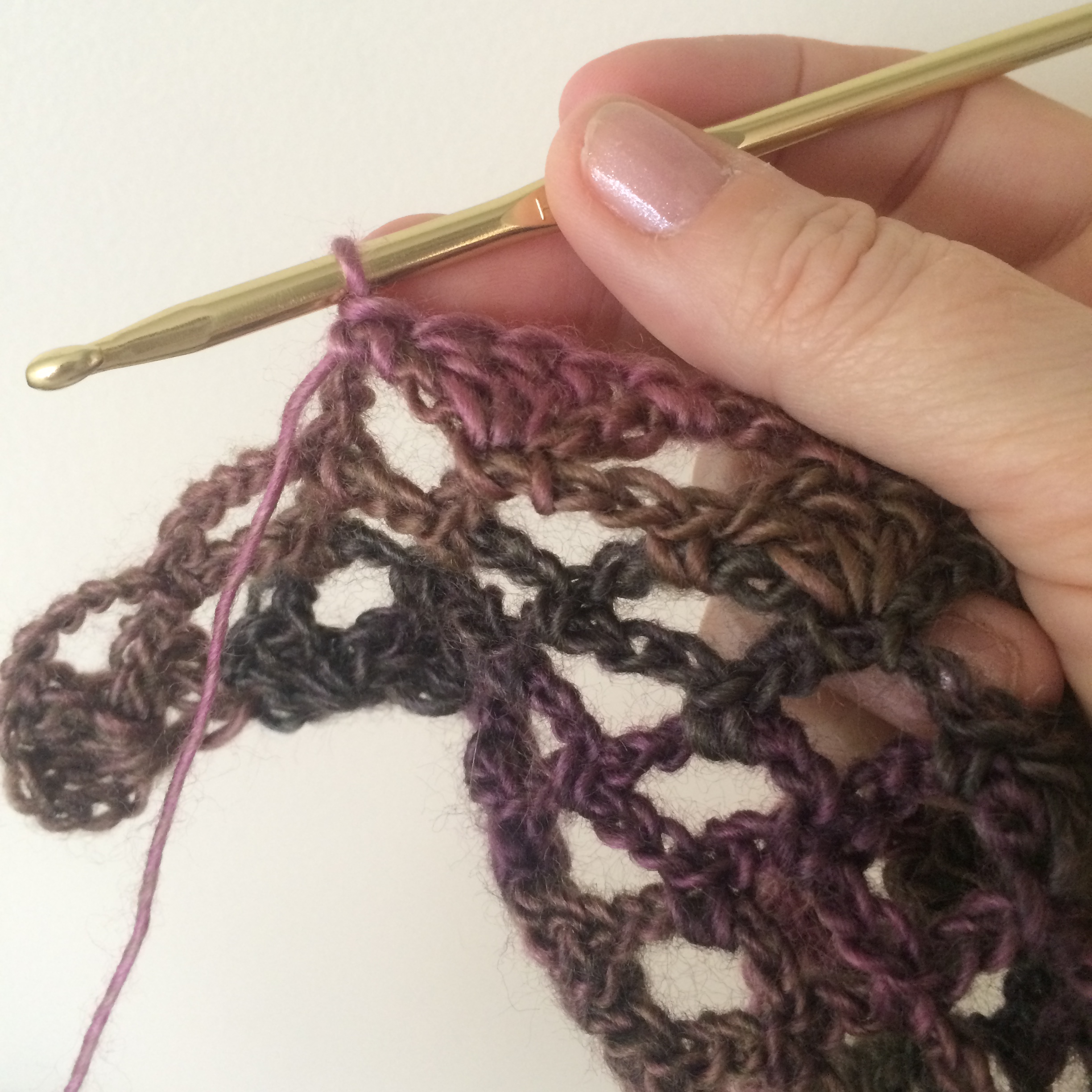

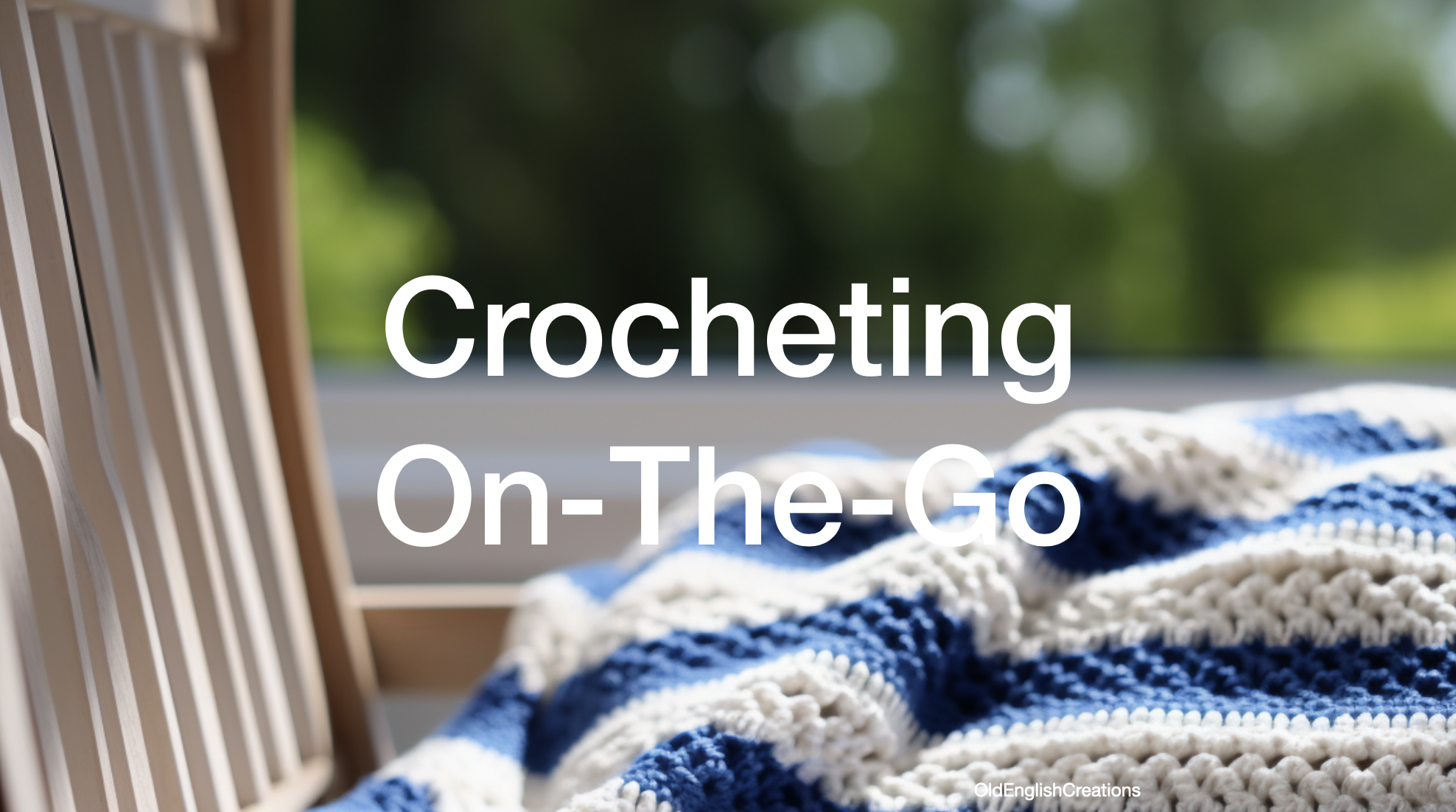
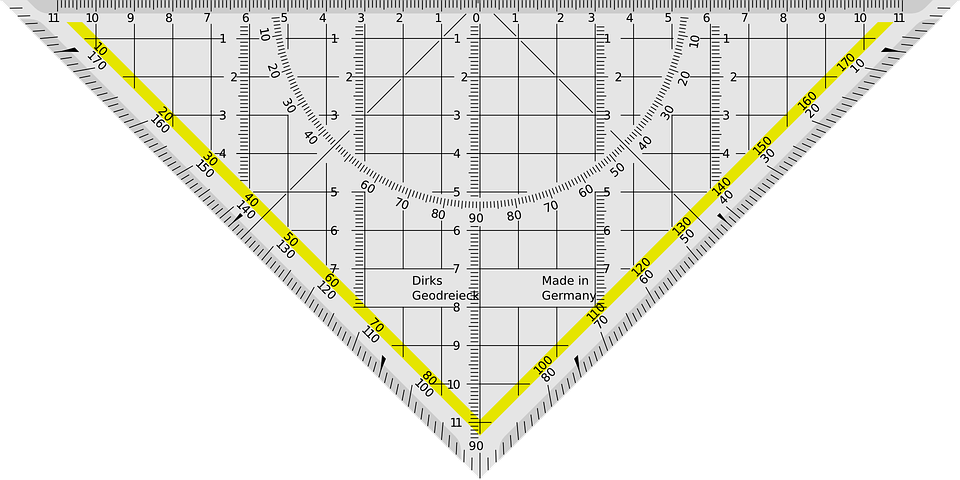
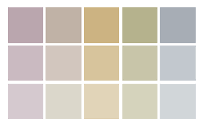
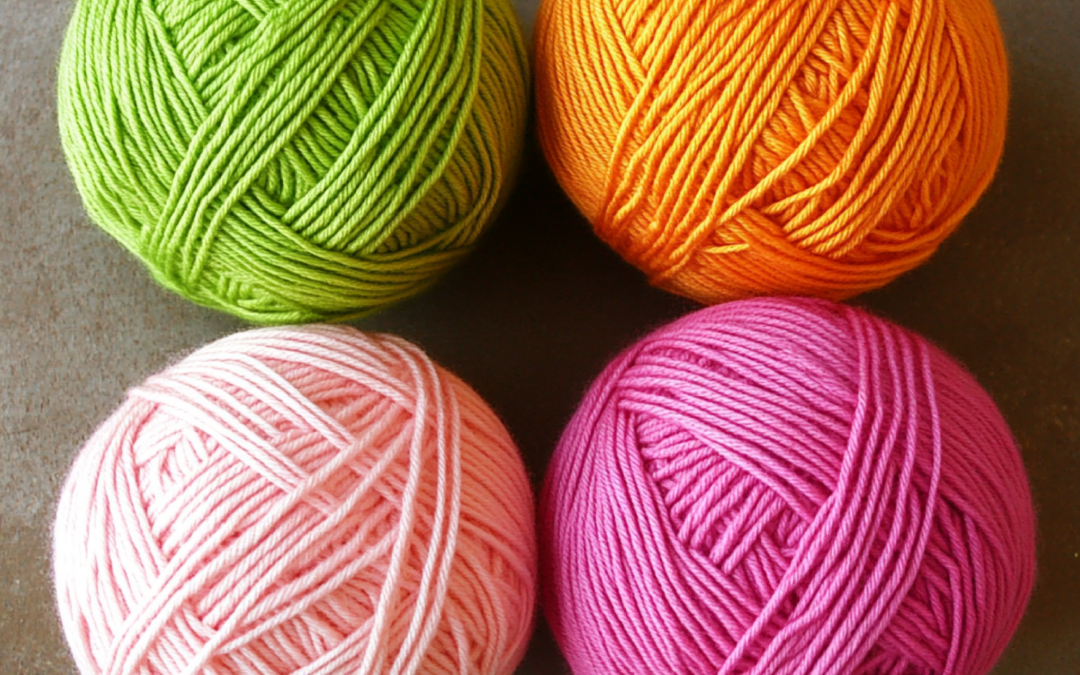
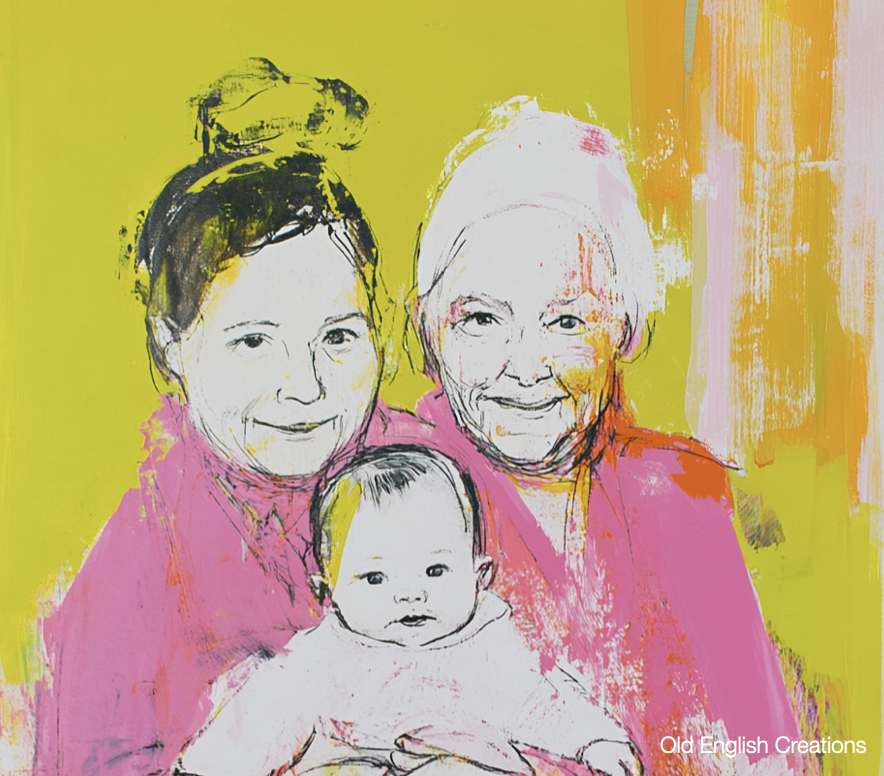
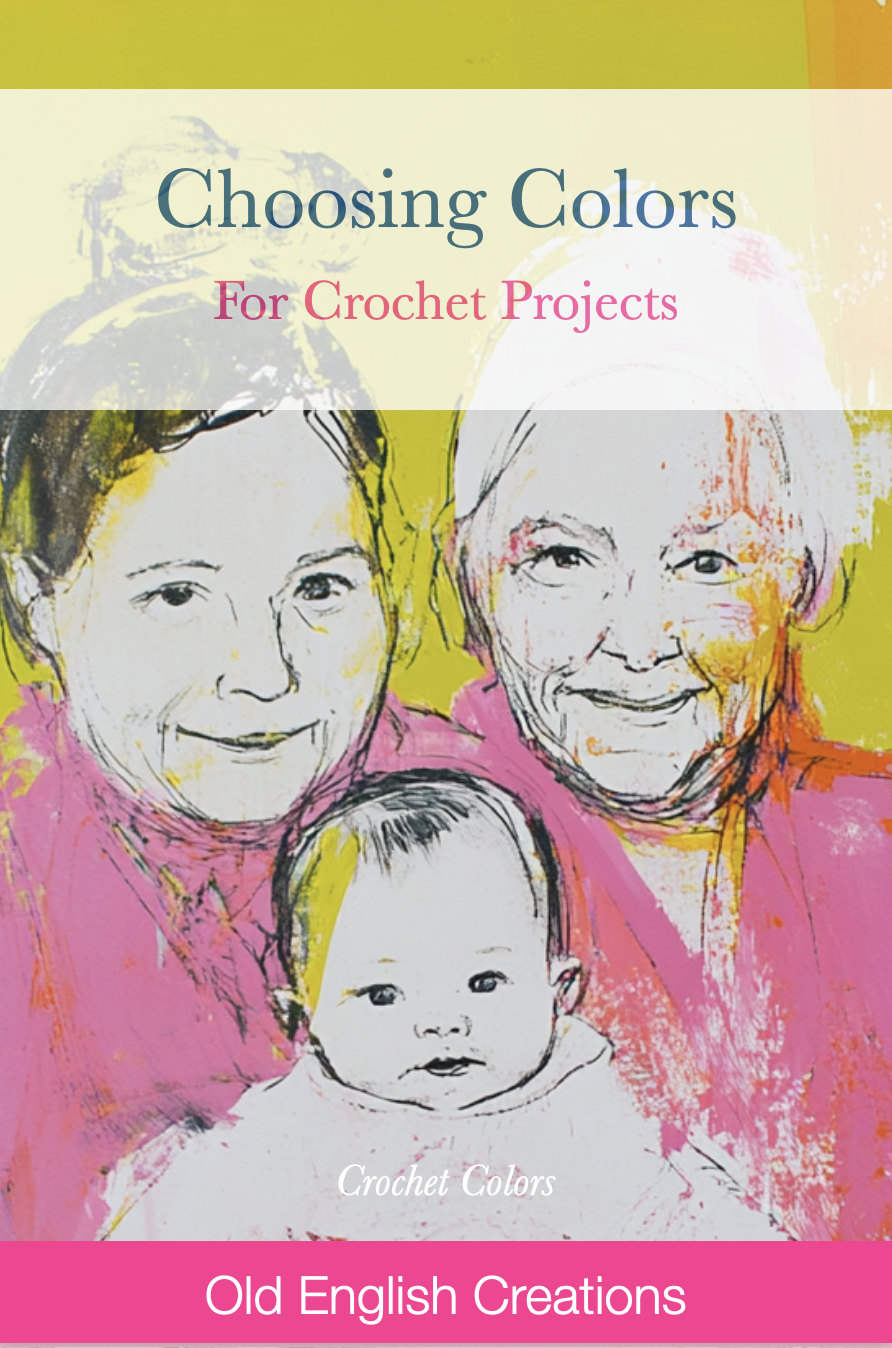
 Pastel, primary, jewel or darks?
Pastel, primary, jewel or darks?
